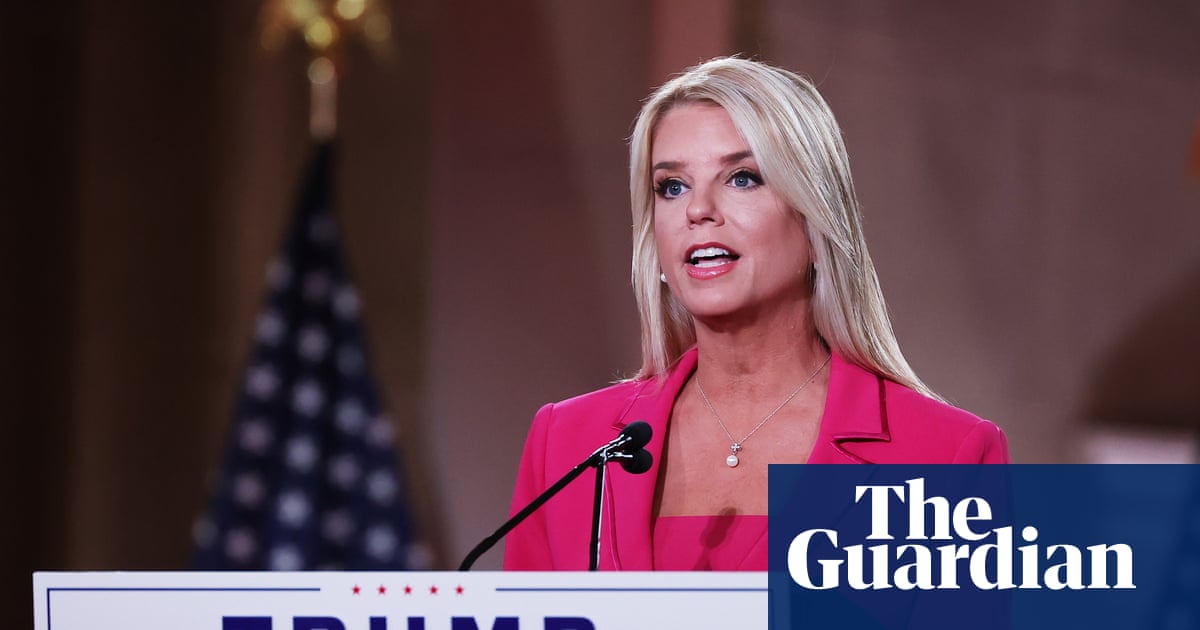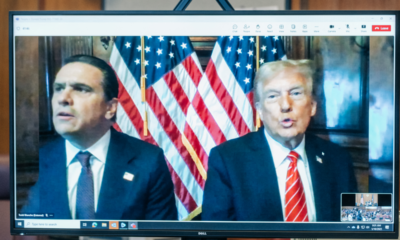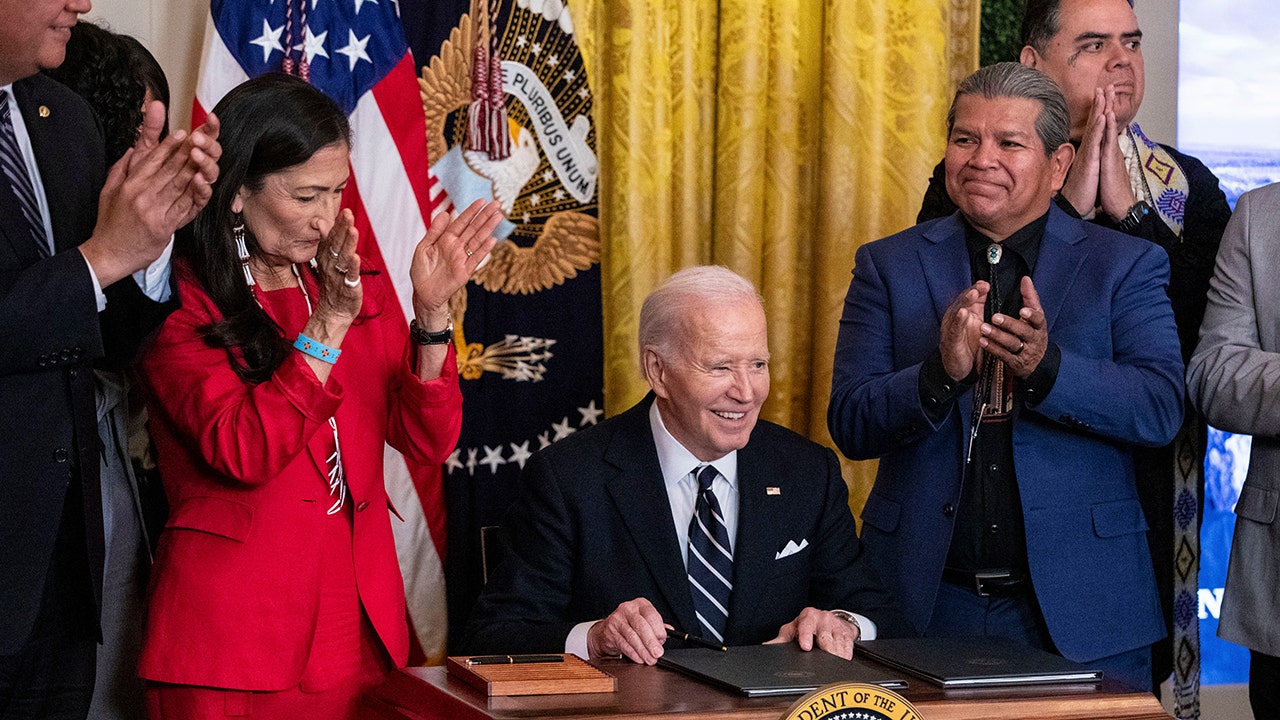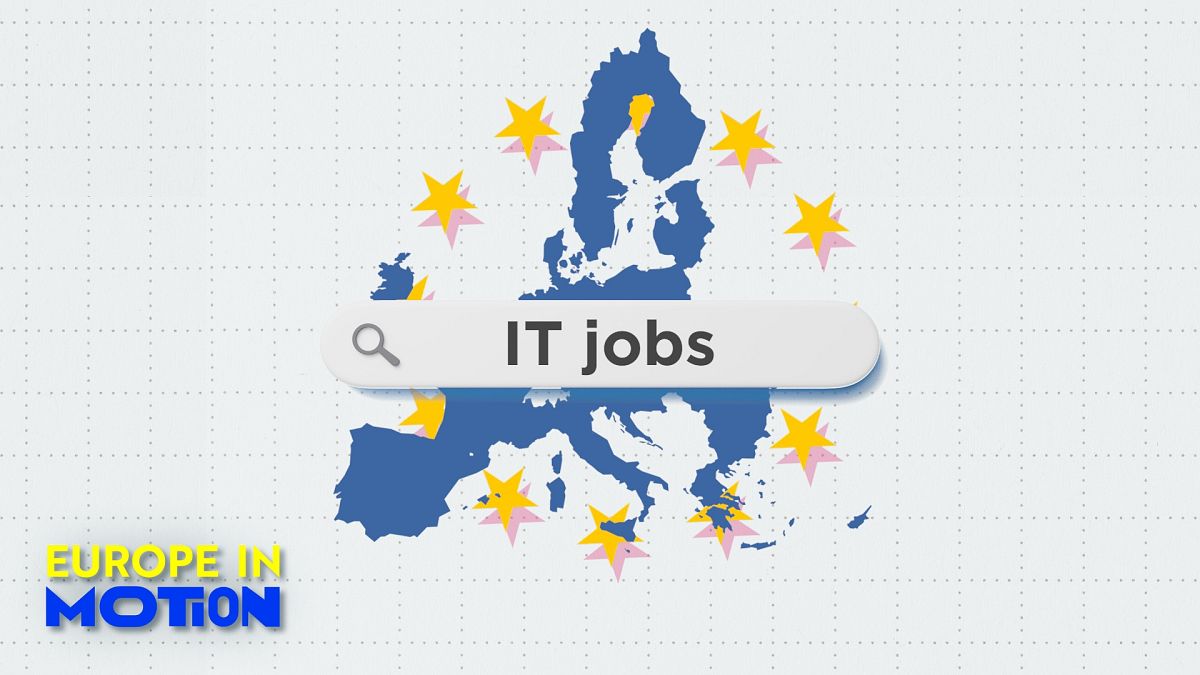The writer is EU commissioner for energy
As most Europeans continue to enjoy the warm summer weather, the cold winter months ahead might seem like a distant thought. Yet, next winter is likely to test the resilience of the Ukrainian people in a way not seen on our continent since the second world war. Following its full-scale invasion in February 2022, Russia has targeted Ukraine’s energy infrastructure with massive air strikes, captured energy installations, such as the nuclear power plant in Zaporizhzhia, and destroyed electricity transmission lines.
Over the past months, attacks on civilian energy infrastructure have escalated in nature and intensity, destroying power generation plants, heating districts, back-up generators and storage sites. The weaponisation of energy in this way is unprecedented in modern conflicts.
As Ukraine’s energy workers repair the damage and reactivate lines, many installations have been targeted and destroyed again, making reconstruction a Sisyphean effort. To date, Russia has destroyed or captured around 9GW of Ukraine’s electricity production. This is half of the electricity Ukraine needs in winter, and represents the equivalent of the peak electricity consumption of Portugal, a country with more than 10mn inhabitants.
Ukraine’s deficit in electricity production has forced the government to introduce nationwide rolling blackouts. In some cities households have access to electricity for a few hours a day, greatly disrupting their daily lives.
Warm months hide the worst impact. No electricity means no access to basic services: water pumps and sewage networks will not work and heating will be off. In freezing winter temperatures, some places in Ukraine may simply become unliveable. Elderly people, children and vulnerable parts of the population would suffer the most. Where the electricity load is already at breaking point, some areas may collapse under the weight of extra demand from displaced people. With a slump in economic activity, fiscal revenues will go down, widening Ukraine’s budget deficit and diminishing its ability to sustain the national fight for freedom. The risk of a humanitarian catastrophe is high.
The Ukrainian administration is fighting with courage to tackle this situation. The EU, together with the international community, has been supporting Ukraine in all possible ways with repair and reconstruction of the energy sector. The G7 has provided a focal point for co-ordination. Regular Ukraine reconstruction conferences have brought the issue into focus. The EU has mobilised, in partnership with the energy community, €500mn for assistance in the energy sector. The EU Civil Protection Mechanism has delivered in kind assistance, including over 8,000 generators and over 3,300 transformers. European operators are providing electricity.
But much more must be done by the international community. To avoid a humanitarian disaster in Ukraine, we need to step up an unprecedented logistical and assistance effort now.
I call for action in six areas. First. where possible, damaged power and heating generation facilities should be repaired and reactivated. Second, the largest possible number of small-scale decentralised generators, which can become operational quickly, should be transferred to Ukraine. Third, Solar rooftop photovoltaic systems should be deployed as fast as possible to ensure power for hospitals, schools, and public and residential buildings. Decentralised electricity generation is less exposed to Russian attack. Fourth, the maximum volume of electricity that can be exported to Ukraine from elsewhere in Europe should be expanded gradually. Fifth, interconnection capacity at the borders should be expanded. And finally, passive defence of energy infrastructure and air defence around critical installations must be strengthened. A co-ordinated and well-targeted effort can go a long way to narrow the gap.
Governments and companies can donate to the Ukraine Energy Support Fund, operated by the energy community. This is the fastest and most reliable way to procure energy equipment to Ukraine. The EU Civil Protection Mechanism can deliver spare parts and used equipment that correspond to Ukraine’s needs. Multilateral banks can help de-risking projects, through support for insurance and guarantees. Companies can help train workers in Ukraine or help install material, such as PVs and inverters, on the ground. Citizens can help through crowd-funding.
I urge everyone who has the ability to help Ukraine before the cold season arrives to do so. The European Commission will help deliver your support. An unprecedented effort of solidarity and generosity is needed today. Ukraine must not be left alone as it prepares for its most difficult winter yet.






















/cdn.vox-cdn.com/uploads/chorus_asset/file/25822586/STK169_ZUCKERBERG_MAGA_STKS491_CVIRGINIA_A.jpg)

/cdn.vox-cdn.com/uploads/chorus_asset/file/25821992/videoframe_720397.png)



